Every once in a while, archaeologists (and sometimes amateur archaeologists) come across some truly remarkable bizarre discoveries. Sometimes, the finding is so surprising that they are unable to explain what it is they’ve found or how it came into existence. This is a list of such unexplained artifacts — artifacts for which we have no satisfying explanation.
The London hammer – a tool older than history
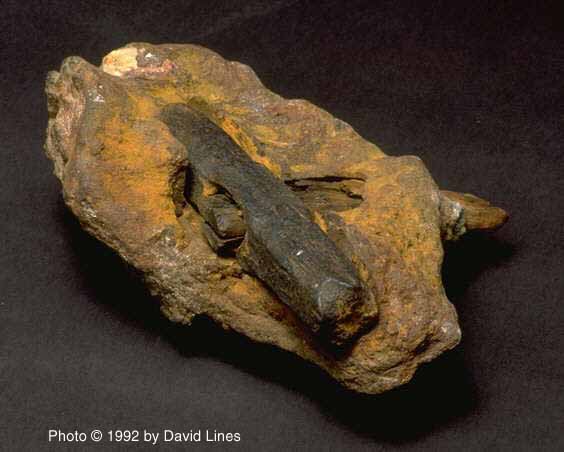
In June 1936 (or 1934 according to some accounts), Max Hahn and his wife Emma were on a walk when they noticed a rock with wood protruding from its core. They decided to take the oddity home and later cracked it open with a hammer and a chisel. Ironically, what they found within seemed to be an archaic hammer of sorts. They turned it to a team of archaeologists who checked it, and as it turns out, the rock encasing the hammer was dated to the Ordovician — more than 400 million years ago!
There is some question regarding that dating though, but here’s the kicker: according to initial measurements, the hammer itself turned out to be more than 500 million years old. Apparently, it’s so old that a section of the handle has begun the transformation to coal. Creationists, of course, were all over this, and creationist Carl Baugh latched on to the hammer in the eighties, even using it as the basis of speculation of how the atmospheric quality of pre-flood earth could have encouraged the growth of giants.
But the mysteries don’t end there. The hammer’s head, made of more than 96% iron, is far purer than anything nature could have achieved without an assist from technology, and stylistically, it resembles a 19th-century American hammer. So what gives?

Before you take out your ‘ancient civilization’ tinfoil hats, not may be as it seems with this hammer. There is significant reason to question the initial dating — and just because the hammer was encased in old rocks doesn’t mean that it itself is as old as the rocks.
The only proposed explanation is that the highly soluble minerals in the ancient limestone may have formed a concretion around the object, thus making it seem that it is as old as the minerals themselves, but this has not been confirmed. There is a phenomenon called a petrifying well that can create something like this, and it has been observed with other structures. The problem is that, in fact, radiocarbon dating is yet to be undertaken for the hammer itself, which brings a significant question mark for the date of the hammer. The hammer is now an exhibit in the so-called Creation Evidence Museum, which is also kind of unfortunate because curators don’t allow any additional scientific tests on the London Hammer, so we’re stuck with incomplete information.
Ultimately, without further tests, we won’t get to the bottom of this mysterious hammer.
The Antikythera mechanism — a Greek ancient computer
The level of craftsmanship of the ancient computer, now housed at the National Archaeological Museum in Athens, is simply mind-boggling when you factor in its age.The Antikythera mechanism has been labeled the first mechanical computer. Found in a shipwreck off the Greek island of Antikythera, buried under 45 meters of water it was designed to calculate astronomical positions. Consisting of a box with dials on the outside and a very complex assembly of gear wheels mounted within, it’s about as complex as an 18th-century top-notch clock, although it’s 2100 years old.
The level of sophistication utilized by the device has forced scientists to accept that their perceptions of ancient Greek engineering may be faulty. Nothing similar to this exists or is mentioned in any known writings from the period of its creation. Based on the knowledge we do have, this mechanism shouldn’t even exist. According to Professor Michael Edmunds of Cardiff University, who led the team studying the mechanism:
“This device is just extraordinary, the only thing of its kind. The design is beautiful, the astronomy is exactly right. The way the mechanics are designed just makes your jaw drop. Whoever has done this has done it extremely carefully.” He added: “…in terms of historic and scarcity value, I have to regard this mechanism as being more valuable than the Mona Lisa.”

Judging by its amazing complexity, it seems fair to assume that the Antikythera has other predecessors — and maybe even more advanced versions — but none of them have been found, which makes it even more impressive. The complexity and workmanship did not appear again in Europe until the development of mechanical astronomical clocks in the fourteenth century … so how did the ancient Greeks, with basically no technology available, manage to build such a complex calculator? Well, we don’t know yet.
The Dropa Stones
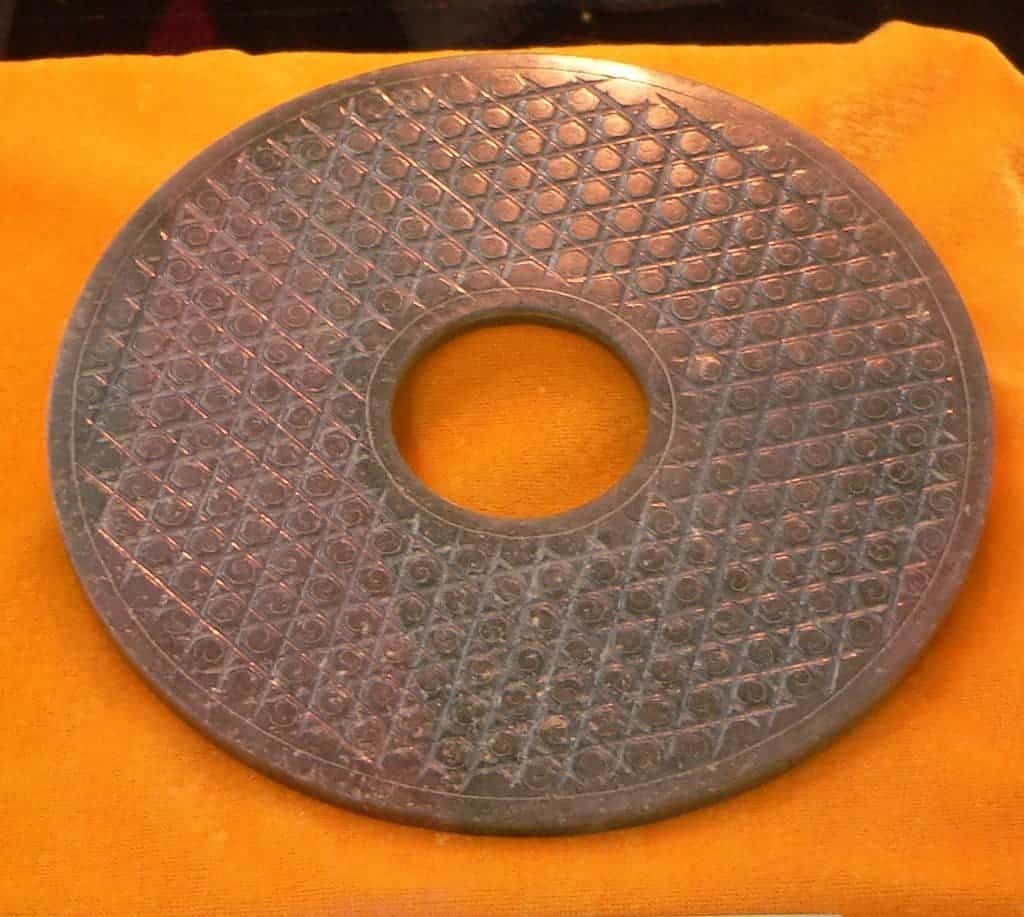
In 1938, an expedition led by archaeologist Dr. Chi Pu Tei into the Baian-Kara-Ula in China reported making an astonishing discovery. Nearby caves held traces of the ancient culture which once occupied them. Buried under thick layers of dust, hundreds of stone disks lay scattered about the cave’s interior. There seemed to be nothing spectacular initially, but the disks turned out to be eerily similar to phonograph records — nine inches in diameter, a circle cut into their centers and an obvious spiral groove. They are believed to be more than 10,000 years old. But the spiral, as it turns out, is composed of tiny hieroglyphics. When studied and translated, it was revealed that the discs tell the amazing story of spaceships that crashed into the mountains, piloted by people who called themselves the Dropa. At least that’s what Tsun Um Nui, the Chinese researcher in charge of the Dropa stones concluded.
While his announcement startled the world at first, he was subsequently ridiculed by most of the scientific community, and he went on a self-imposed exile in Japan. Russian researchers requested the discs for studying, and China actually sent a few to Moscow. In the famous Soviet magazine Sputnik, Dr. Vyatcheslav Saizev describes an experiment where the discs were supposedly placed on a special turntable whereby they were shown to ‘vibrate’ or ‘hum’ in an unusual rhythm as though an electric charge is passing through them. However, research wasn’t continued – or at least it wasn’t made public.
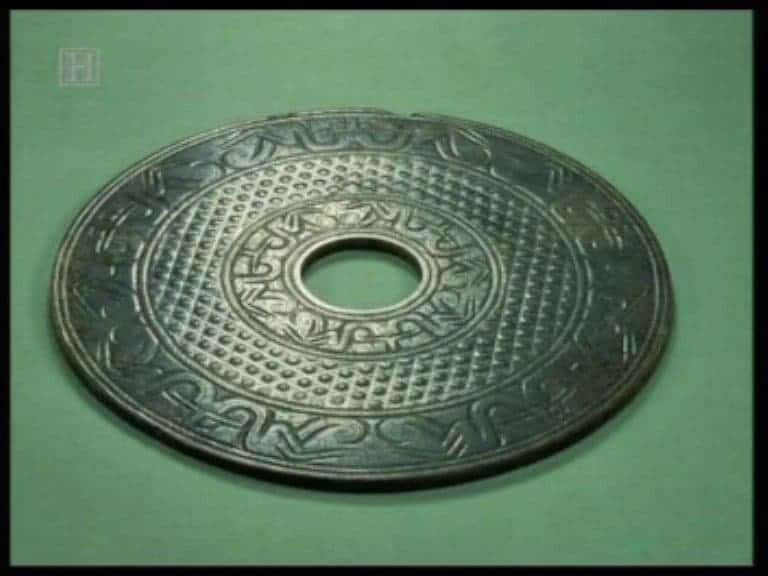
But here’s the catch: nowadays, none of these stones are displayed in any world museum, and all the research was shrouded in the secrecy of the Cold War. Quite frankly, we don’t even know if the stones exist, and even Tsum Um Nui, the Chinese researcher who analyzed the stones initially, is shrouded in mystery — there’s virtually no reference of him outside of China. The mystery gets even deeper as Ernst Wegerer, an Austrian engineer, claims to have seen two of the Dropa stones and took photos of them, but by 1994, the stones and the manager who let Wegerer in disappeared.
As of today, we have no clear information on whether the Dropa stones exist. If they do, they remain one of the most mysterious artifacts in the world.
The Saqqara bird – an Egyptian plane
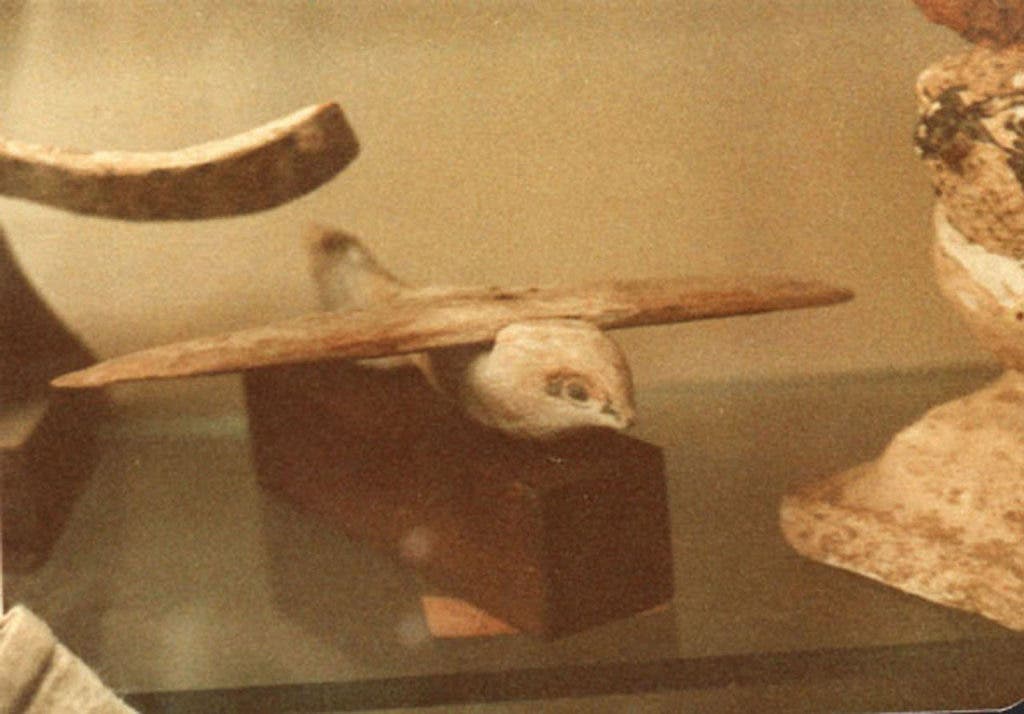
Discovered during the 1898 excavation of the Pa-di-Imen tomb in Saqqara, Egypt, the Saqqara bird is (as you could have guessed) a bird-shaped artifact made from the wood of a sycamore tree. Weighing in at just under 40 grams and with a wingspan of more than 7 inches, it’s been dated back to approximately 200 BC — 2200 years ago.
The problem is that when the bird was first found, someone was slacking. There’s a lack of documentation on exactly where and how the bird was found, which has led to some speculation regarding its function. Could it be a glider, or maybe even a depiction of a flying instrument?
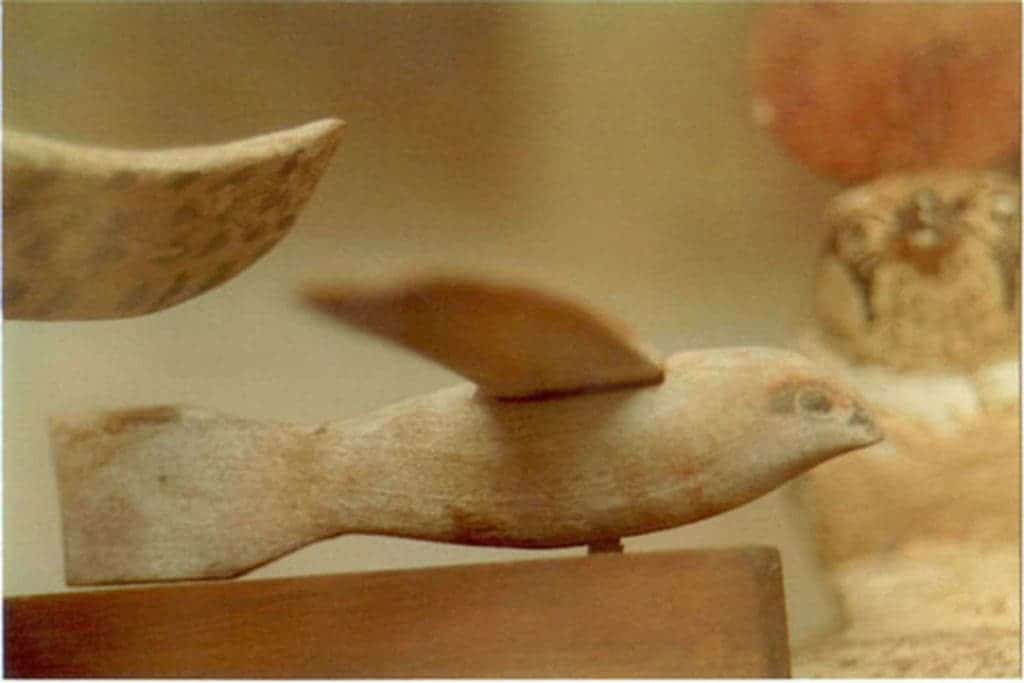
In fact, several researchers suspect that the ancient Egyptians were well aware of the principles of aviation, but it’s not clear how this translated to the artifact itself. With its vertical tail, resembling that of an airplane or glider, it resembles no known bird. Egyptian physician, archaeologist, parapsychologist, and dowser Khalil Messiha has speculated that the ancient Egyptians developed the first aircraft — but there’s not much evidence to back this up.
So what was its purpose? Was it simply the toy of an affluent Egyptian child? Did it serve some kind of ceremonial purpose? Was it an indication of aviation knowledge? For now, we don’t really know.
The Baghdad battery – a 2000-year-old battery
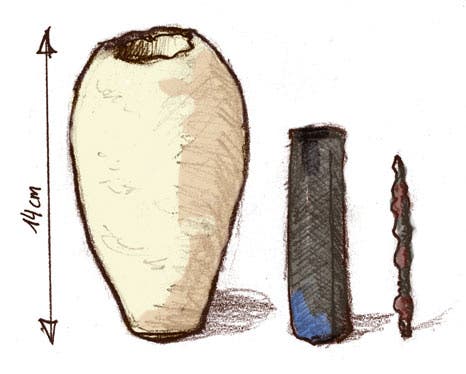
This device consists of a 5-1/2-inch high clay vessel, inside of which was a copper cylinder held in place by asphalt. Within the cylinder, archaeologists found an oxidized iron rod. In 1940, Wilhelm König (the German director of the National Museum of Iraq) suggested that these could be galvanic cells, perhaps used for electroplating gold onto silver objects. Nobody has been able to prove him wrong, especially since it only needed to be filled with an acid or alkaline substance to produce an electric charge.

The Baghdad battery wouldn’t have been very effective as a battery even if it could have worked. In fact, most archaeologists do not believe the object was a battery and was instead simply a storage vessel.
Unexplainable fossils and metal objects
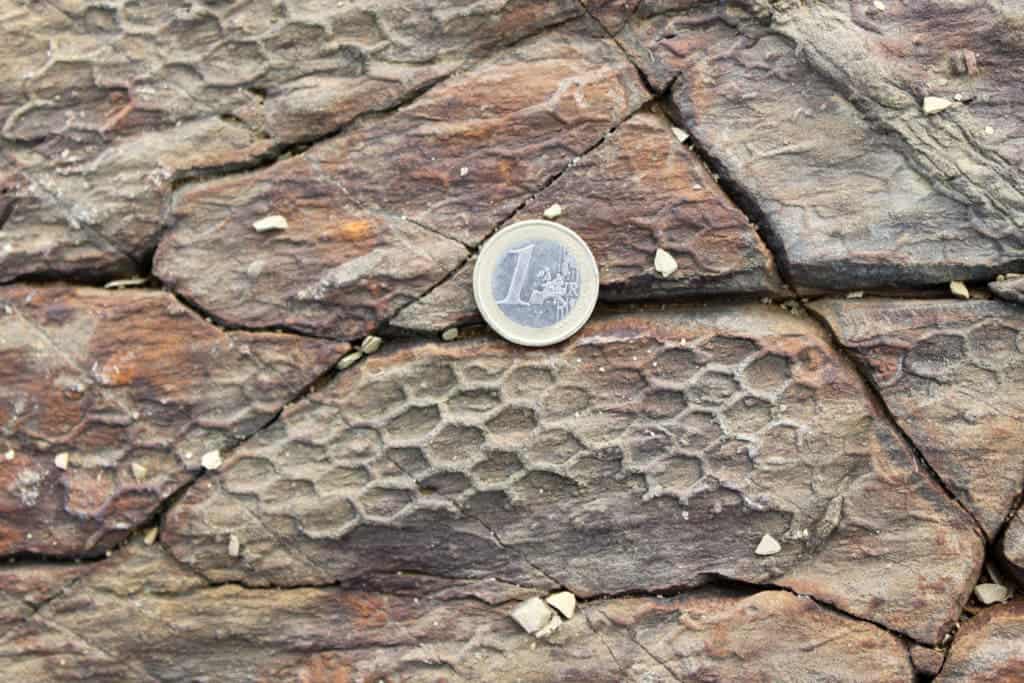
Geology is a relatively “new” science. The progress and developments made through experimentation are absolutely remarkable and have helped in many other fields. Still, there are some things yet to be explained. Though the honeycomb pattern of paleodictyon is already well known, we remain stumped as to the creation of such and more questions are being raised.
For example, a fossil of a human handprint was found in limestone estimated to be more than 110 million years, a fossilized human finger with just as much, and the apparent discovery of a human footprint that possibly sported a sandal which dates to more than 300 million years ago. These amazing fossilized imprints/remains have left the scientific community scratching their collective heads. Not to mention the 65 million-year-old semi-ovoid metallic tubes being dug out of France, the unusual block of coal discovered 124 years ago which contained a metal cube that couldn’t have formed naturally within the lump, and many more intriguing things
The Piri Reis map

In 1929, a group of historians made what can only be described as an amazing discovery, written on the skin of a gazelle. After study and research, they found that it is a genuine map drawn in 1513 by Piri Reis, a well-documented admiral of the Turkish navy.
Reis depicted Europe and North Africa, the coast of Brazil, several islands (The Azores, Canary Islands, and the mythical island of Antilia), Japan, and even Antarctica — which was thought to be discovered more than 300 years later.
The most puzzling thing is not that it shows we need to rethink the chronology for a number of exploratory discoveries, but that it describes Antarctica’s topography as not being masked by ice and in great detail — although the last time that occurred was more than 6000 years ago. Although the accuracy of the map is mixed and other accurate maps came in later in the 16th century, this Antarctica mention is particularly intriguing. How did a Turkish admiral from half a millennium ago map a continent that’s been covered by ice for the last 6000 years?
The Nazca drawings
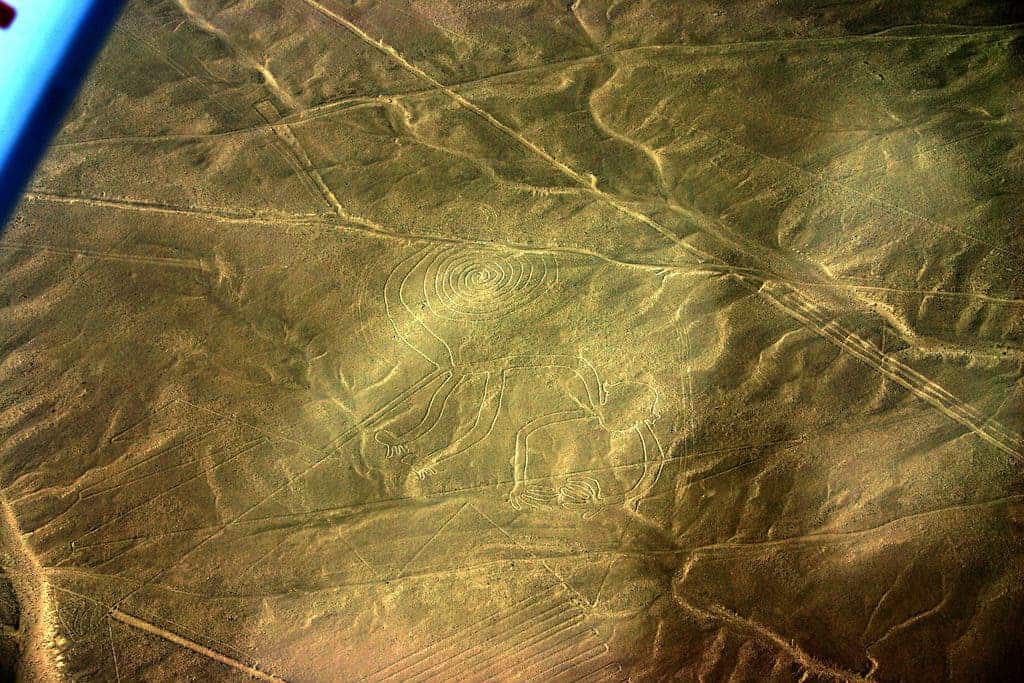
The Nazca drawings (or lines) definitely have something otherworldly about them. Discovered in 1930 — when the US inaugurated two new commercial lines — they cover 450 square km and some measure more than 200m in length. They depict lines, geometrical figures, animals, and figures that we haven’t entirely figured out yet (many believe them to be constellations).
Whether made for the gods or for some other reason, it’s obvious that they were meant to be seen from the sky. Scientists have had trouble trying to figure out how they could have been designed and created without somebody directing the work from above. We can only marvel at these amazing figures and continue to wonder how and why they were created by a people called the Nasca.
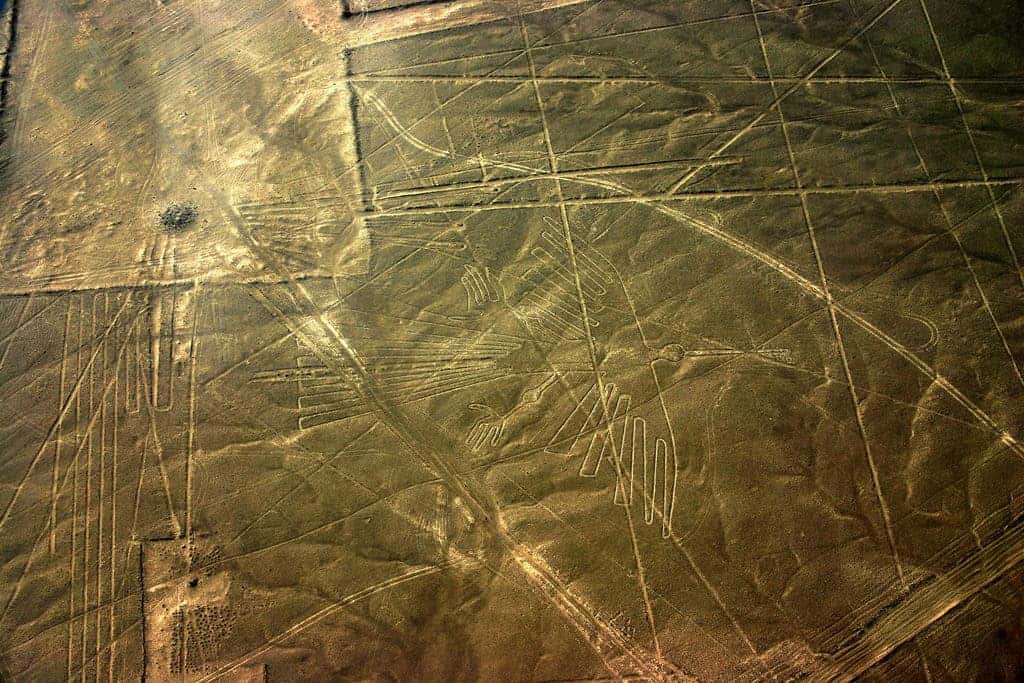
It gets even better: we’re still discovering new Nazca lines. In 2022, archaeologists found over 150 new Nazca lines, which led to even more speculation on how these lines were made — and why. For now, however, we’re not really sure.
The mysterious city of Nan Madol – a city built on corals

The city of Nan Madol was built between 200 B.C. – 800 A.D., on a coral reef near Micronesia. It consisted of about 100 artificial islands made from huge basalt blocks and connected with viaducts. From the start, it dazzles us with a mix of bizarre and grandeur.
From the start it seems incongruous; 250 million tons of offshore basalt in the middle of nowhere. How were these huge blocks quarried, transported, and placed in the perfect spot? Even by today’s standards, it would an impressive engineering feat. Additionally, the reasoning behind its development remains a mystery. Archaeologists have few clues as to what happened to the civilization responsible for its creation.

The mystery is particularly puzzling since on Nan Madol, there is no freshwater nor food. Water must have been transported from inland, even by boat. All this would have required an extreme amount of work, and it’s not clear why or how this happened.

While some occultists speculate that this could be an indication of a sunken continent, there’s no evidence to back this up. The mystery of this site takes another shape: why and how was this city on a reef built?
The Sacsayhuaman walls
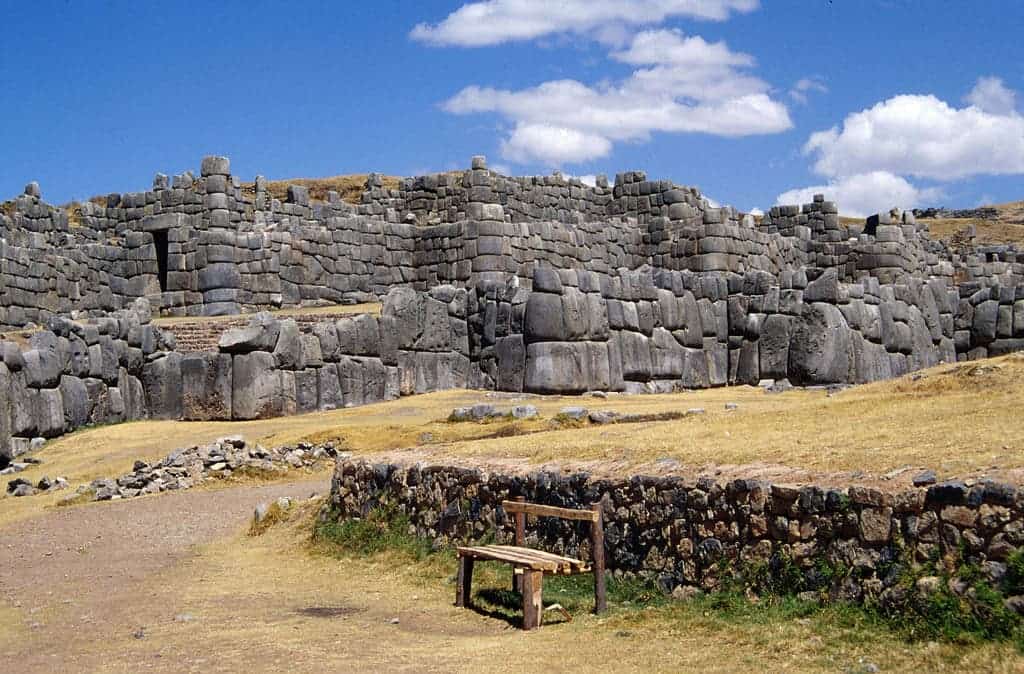
Near the city of Cuzco, more than 3500 meters above sea level, these amazing walls first fascinated the Spanish conquistadores. They were astonished to discover how these people who, according to them, were ignorant and lacked the ability of logical reasoning required to have built such wonders. They are in fact 3 concentric walls, the average being roughly 360 meters in length and 6 meters in height, made from limestone blocks that weigh about 300 tons each. They didn’t use mortar or any other kind of cement to bind the walls, but they are carved and placed in such a way packed so closely that even a sharp knife can’t be wedged between 2 blocks. Scientists have tried to achieve this at a much smaller scale and have failed in their efforts to replicate the tight joints of the Sacsayhuaman walls.
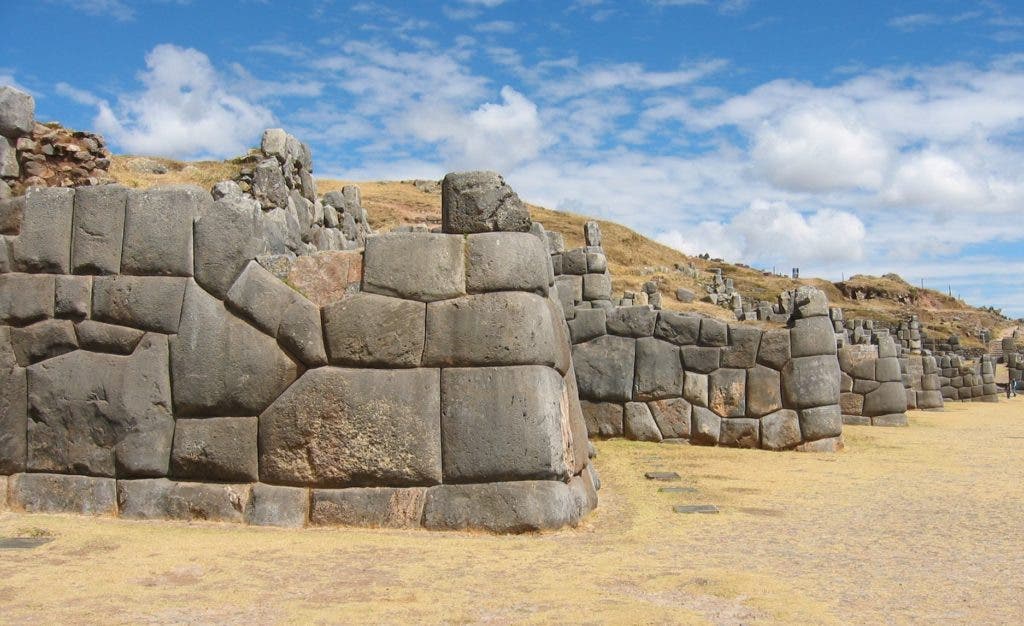
These are just a few of the mysterious artifacts left shrouded in the clouds of time. It’s easy to fall into the temptation of aliens/magic/ancient civilization — but the best way to go about this is to work with the scientific information that is reliable and available, following the evidence and not the speculation.
This article has been published more than 10 years ago and may be out of date.





